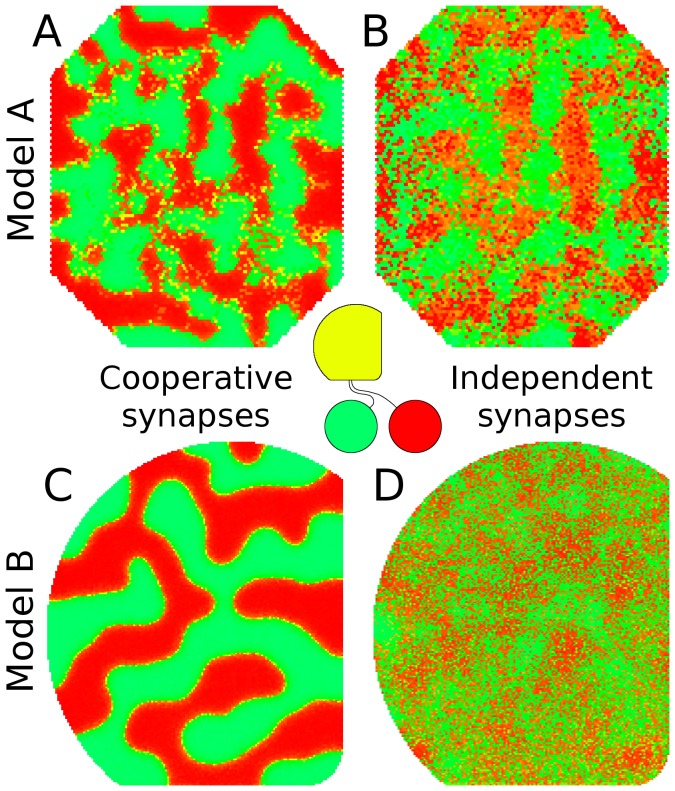Figure 6. Different mathematical models of the same general description and structure give rise to different behaviors.
In early visual processing, visually responsive neurons in the midbrain and cortex typically become selective to input from a single retina (e.g., [34], [45], [46]). In the center of the image is a cartoon showing axons from each retina targeting the same midbrain structure, in this case a simulated superior colliculus. Collicular neurons are color-coded to show which retina they receive their primary input from (green is left retina, red is right, and yellow is equal from both).  , When the previous model (GES-2009, [36]) was modified to run in this binocular paradigm, it exhibited segregation when two simulated retinas projected to the same target structure.
, When the previous model (GES-2009, [36]) was modified to run in this binocular paradigm, it exhibited segregation when two simulated retinas projected to the same target structure.  , When eliminating a model assumption affecting synapse stability, segregation was perturbed very little. This assumption was that the stability of a synapse was influenced by the stability of other nearby synapses on an axon – i.e., synapse survival was co-operative or synapses were independent.
, When eliminating a model assumption affecting synapse stability, segregation was perturbed very little. This assumption was that the stability of a synapse was influenced by the stability of other nearby synapses on an axon – i.e., synapse survival was co-operative or synapses were independent.  , The model in the present study similarly exhibited segregation.
, The model in the present study similarly exhibited segregation.  , When the same assumption was dropped in the model in this study, the characteristics of segregation changed significantly. This observation in the present study leads to the prediction that altering synapse stability mechanisms can influence patterns of spatial segregation, although this prediction is not fully supported by GES-2009.
, When the same assumption was dropped in the model in this study, the characteristics of segregation changed significantly. This observation in the present study leads to the prediction that altering synapse stability mechanisms can influence patterns of spatial segregation, although this prediction is not fully supported by GES-2009.

